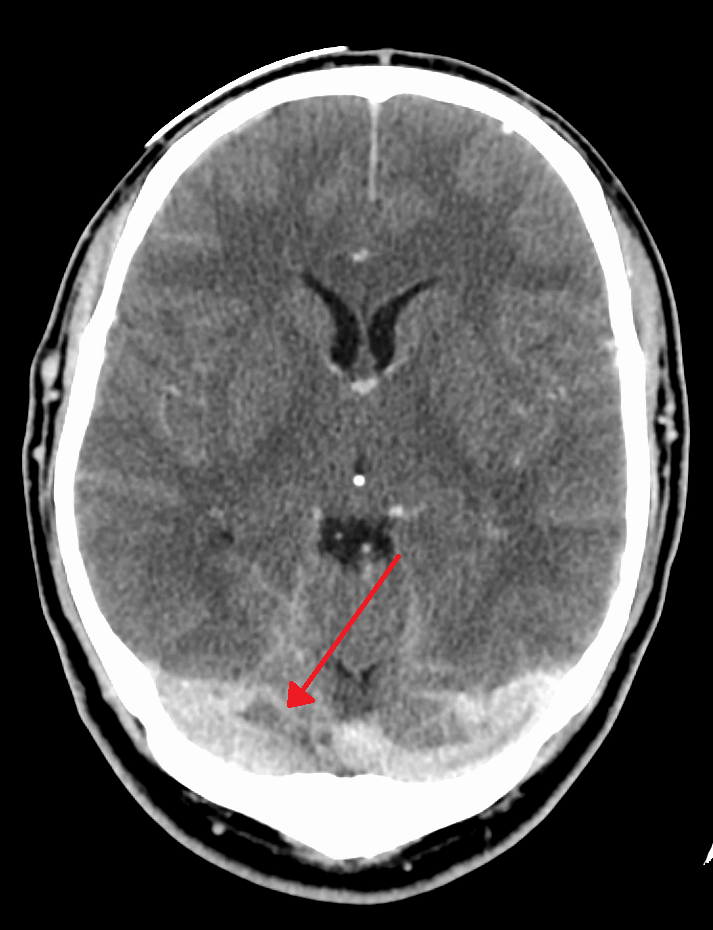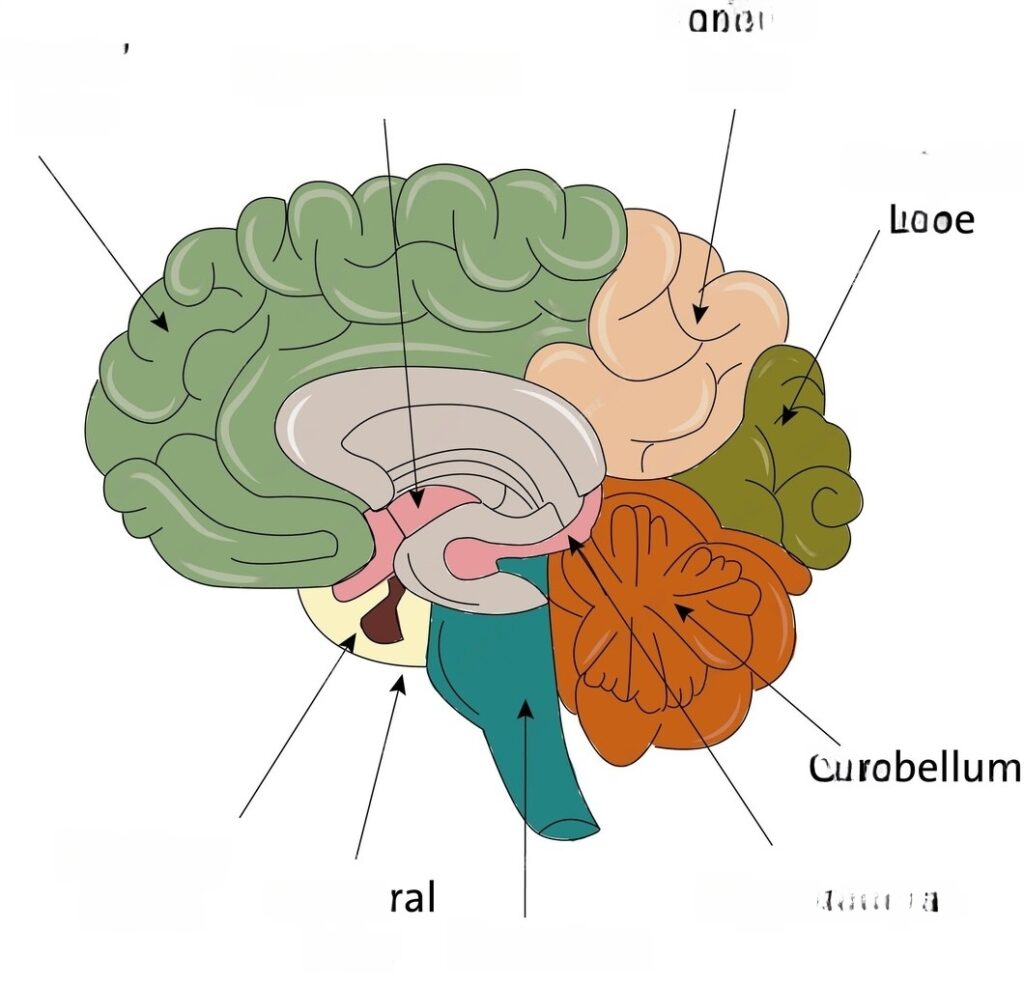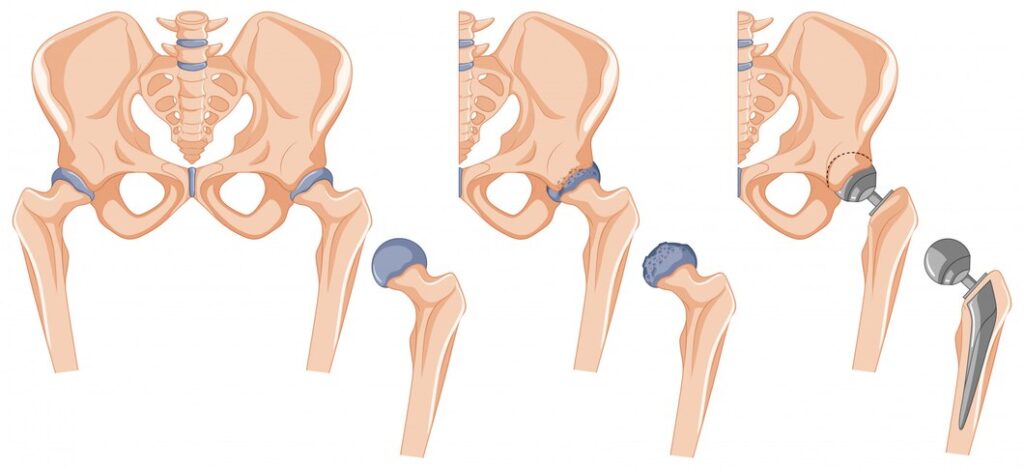Cerebral Venous Sinus Thrombosis – CVST
Overview Cerebral venous sinus thrombosis (CVST) is a rare but serious condition involving a blood clot in the dural venous sinuses of the brain. This condition can lead to increased intracranial pressure, potentially causing severe headaches, stroke-like symptoms, and even death. Case Presentation of CVST Patient History A 35-year-old female presents with a severe headache, […]
Cerebral Venous Sinus Thrombosis – CVST Read More »




